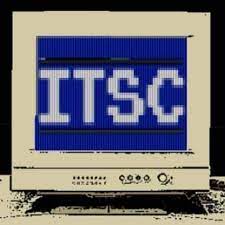
 Modern computer users are becoming increasingly aware of the potential cybersecurity risks associated with USB drives. (Whatever you do, don’t get curious about a USB drive you find on the ground!) In this edition of Tech Time Warp learn about how similar dangers have existed for nearly 40 years, ever since the days of boot sector viruses that spread via floppy disks.
Modern computer users are becoming increasingly aware of the potential cybersecurity risks associated with USB drives. (Whatever you do, don’t get curious about a USB drive you find on the ground!) In this edition of Tech Time Warp learn about how similar dangers have existed for nearly 40 years, ever since the days of boot sector viruses that spread via floppy disks.
One such virus was the Ping-Pong virus, discovered at Italy’s University of Turin in March 1988. The Ping-Pong virus affected machines running MS-DOS and spread via infected floppy disks. If a user inserted a Ping-Pong infected floppy disk in their computer and booted up, the computer was compromised. Also called “Bouncing Ball,” “VerCruz,” “Italian A” and “Bounding Dot,” Ping-Pong lay in wait, ready to infect the next inserted floppy disk.
Once infected with Ping-Pong, a computer would display, on the half-hour, an obnoxious, tiny white bouncing ball that bolted around the screen. (Of course, thanks to YouTube, you can see for yourself how annoying this was.) The only solution was to reboot the computer, which served to remove the bouncing ball until it appeared again. In computers with 88 and 86 processors, such as Intel 286 machines, the malware’s code contained the instruction “MOV CS, AX.” This caused the machine to crash whenever the Ping-Pong ball appeared.
Ping-Pong A targeted floppy drives, while variants Ping-Pong B and C infected the hard disk’s boot sector.
Did you enjoy this installation of SmarterMSP’s Tech Time Warp? Check out others here.
Photo: AtlasStudio / Shutterstock
This post originally appeared on Smarter MSP.

